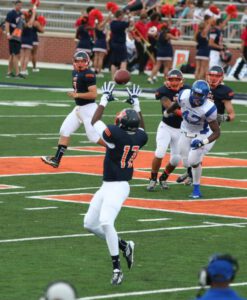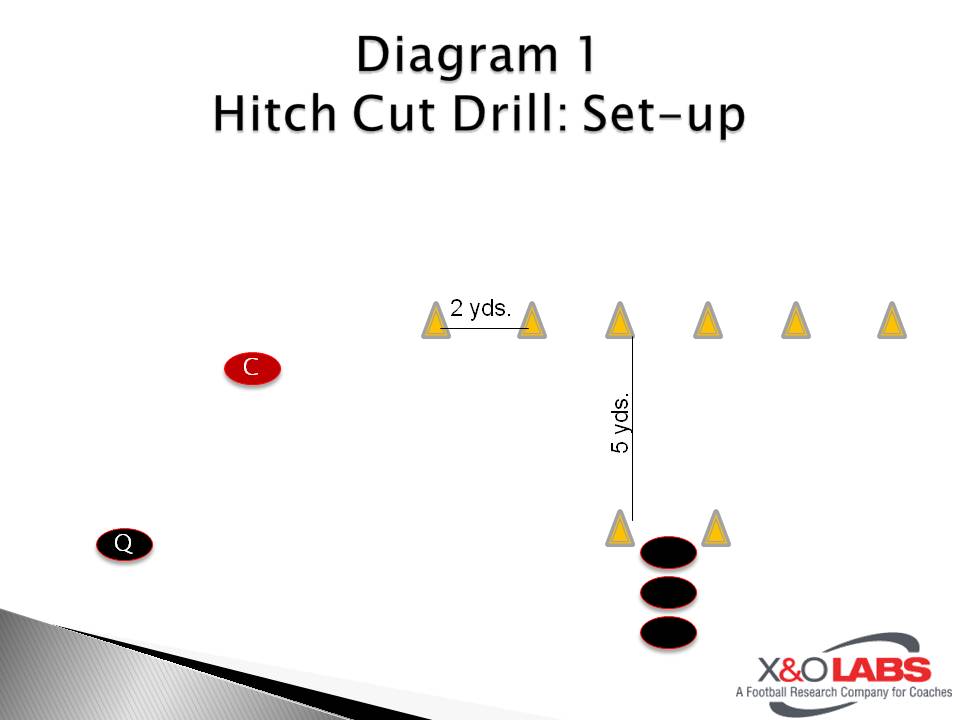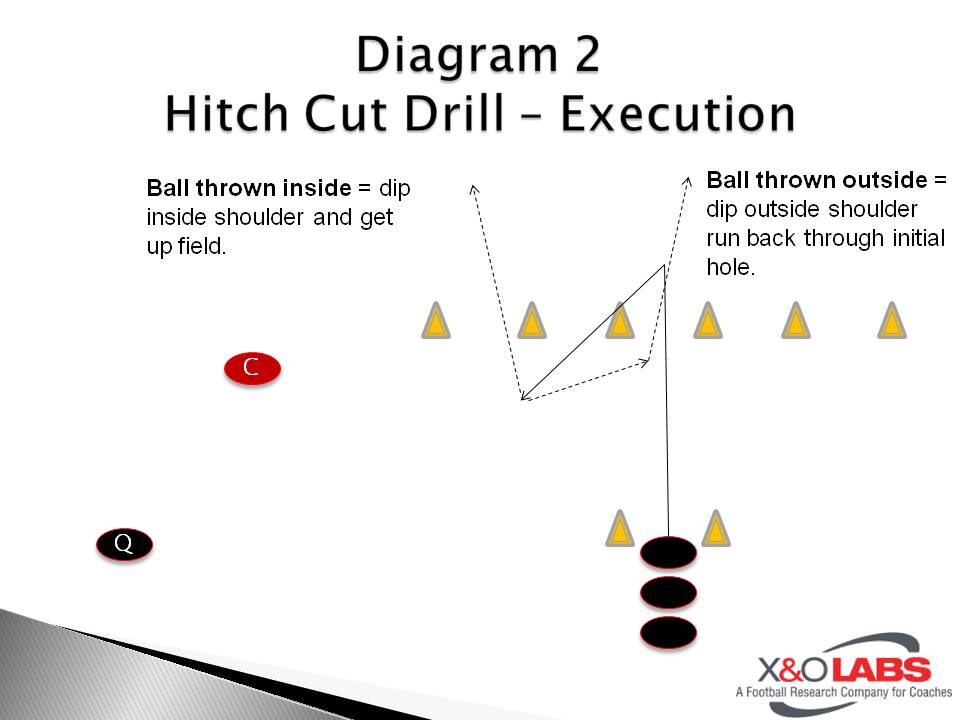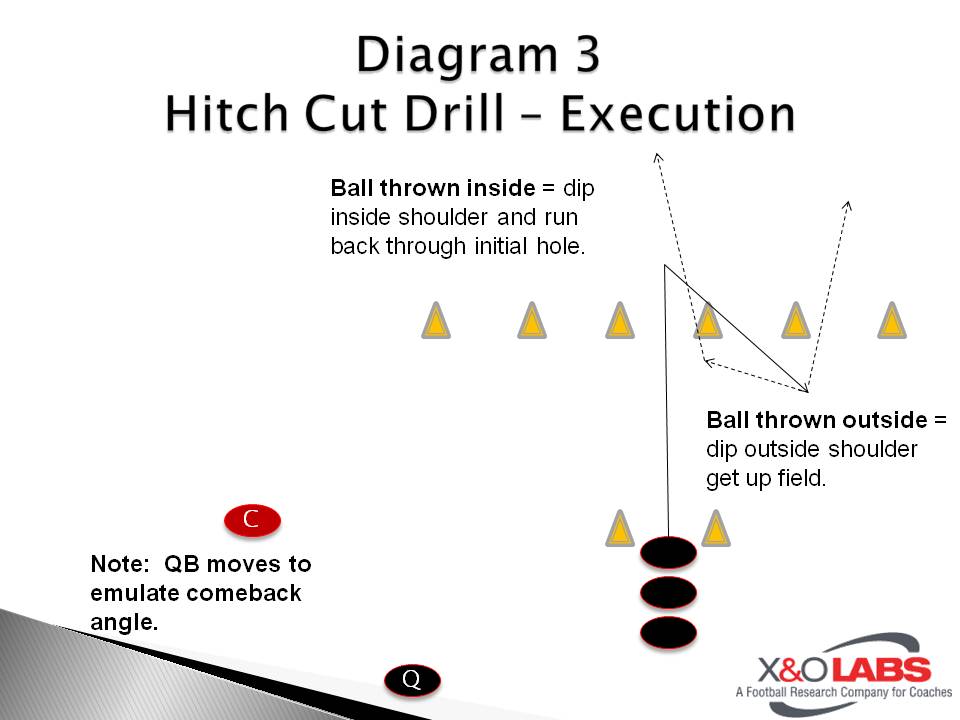 By Sam Nichols
By Sam NicholsManaging Editor
X&O Labs
By the mid point of a season, most coaches know what they have to work with. They know the strengths and weaknesses of their players and they have been able to see those qualities on the field in different situations. The difference between most coaches and great coaches is what they do with this information. In other words, how do they address the weaknesses of their players mid-season to help them continue to develop and grow as players.
I have found that one of the best ways to respond to the mid-season assessment is to go back to drills that specifically work on areas of weakness. I build in drills that incorporate multiple points of emphasis and concentrate the players on the fine points of the skills. If done well, I will see the players get over the mid-season plateau and continue to progress into the post-season when the details matter even more.
With that said, here are a few drills that I like to use on a weekly basis during the second half of the season to meet the goals stated above. These are not earth shattering concepts, but they are crucial to success within our offense.
Drill #1: Hitch Cut Drill
Purpose: To rep come back routes (hitches, curls, and comebacks) through practicing cuts and catches out of the break.
Procedure:
- The drill requires 6 cones set up 2 yards apart five yards down field from the starting chute (diagram 1). Note: It is best to have two such groups if possible to increase reps and allow you to work the same cut on both sides of the center.
- On "hit" the first player in line will run a hitch route and comes back to the QB through the next window to the inside.
- As the WR cuts, the ball should come out and the WR should continue to work to the ball until it hits his hands. At that point, he will dip the shoulder to the side that the ball was thrown to and run straight up field through the nearest window (diagrams 2 and 3).
- Players run the drill cutting inward in both directions and cutting outward (comeback or stop cut) in both directions during the time allowed.
Coaching Points:
- Sink hips into each cut and flash your hands.
- Keep your feet under your body and cut off the inside of your foot.
- Hands and eyes should come round together. Give the QB a target.
- Catch and tuck the ball in the arm closest to the QB at the time of the catch.
- Explode up field and do not try to dance or juke.
- Make sure the ball arrives right out of the cut.











